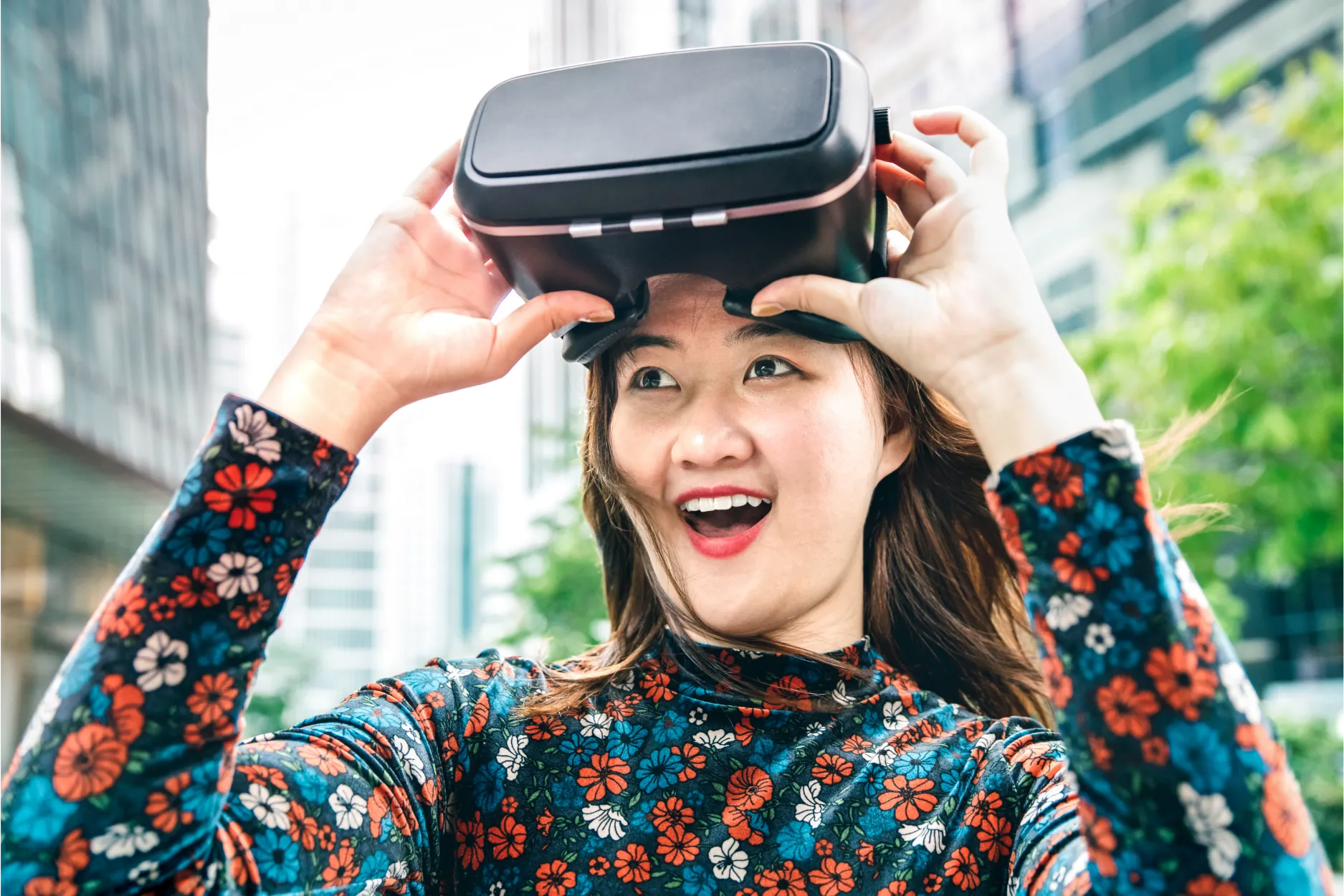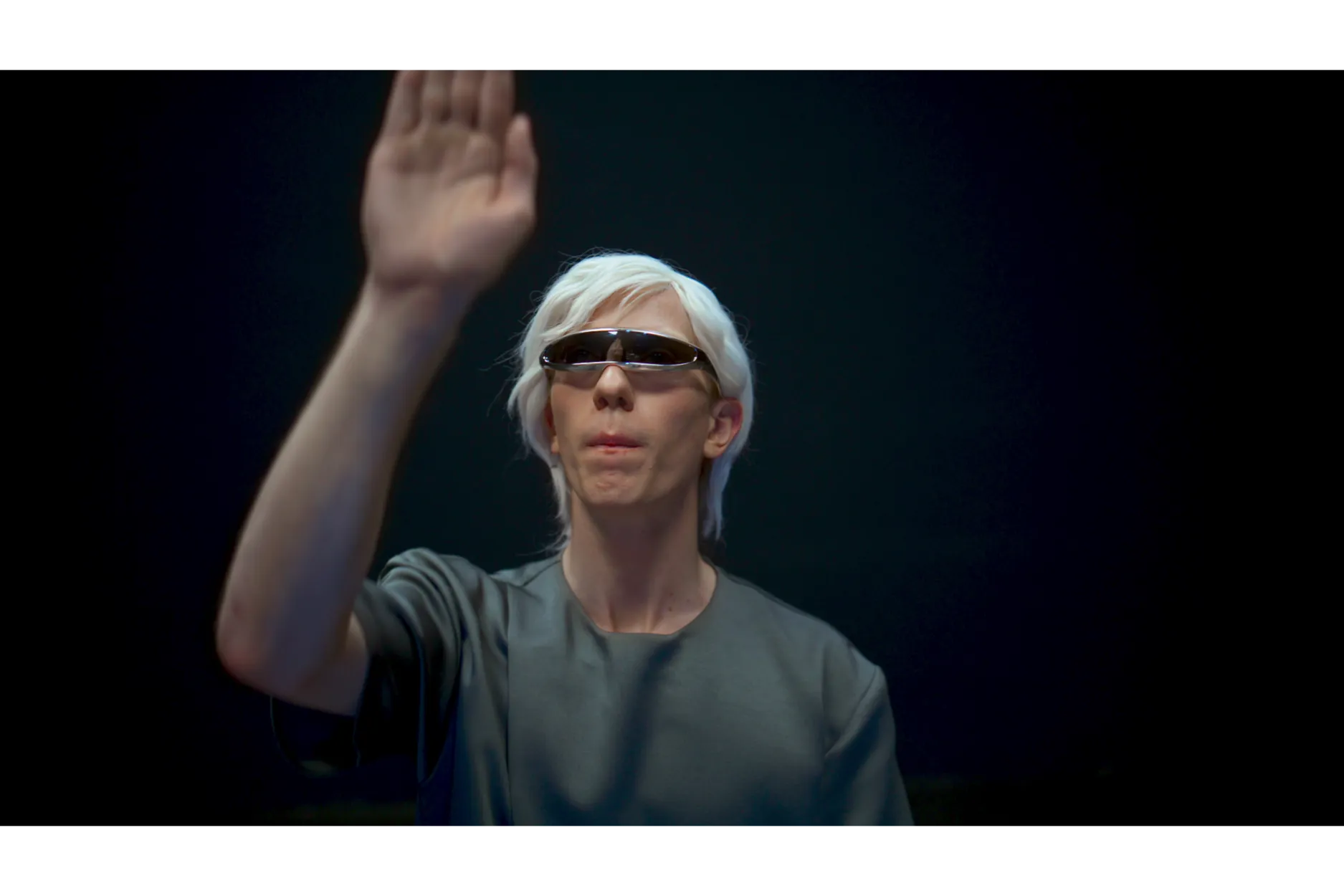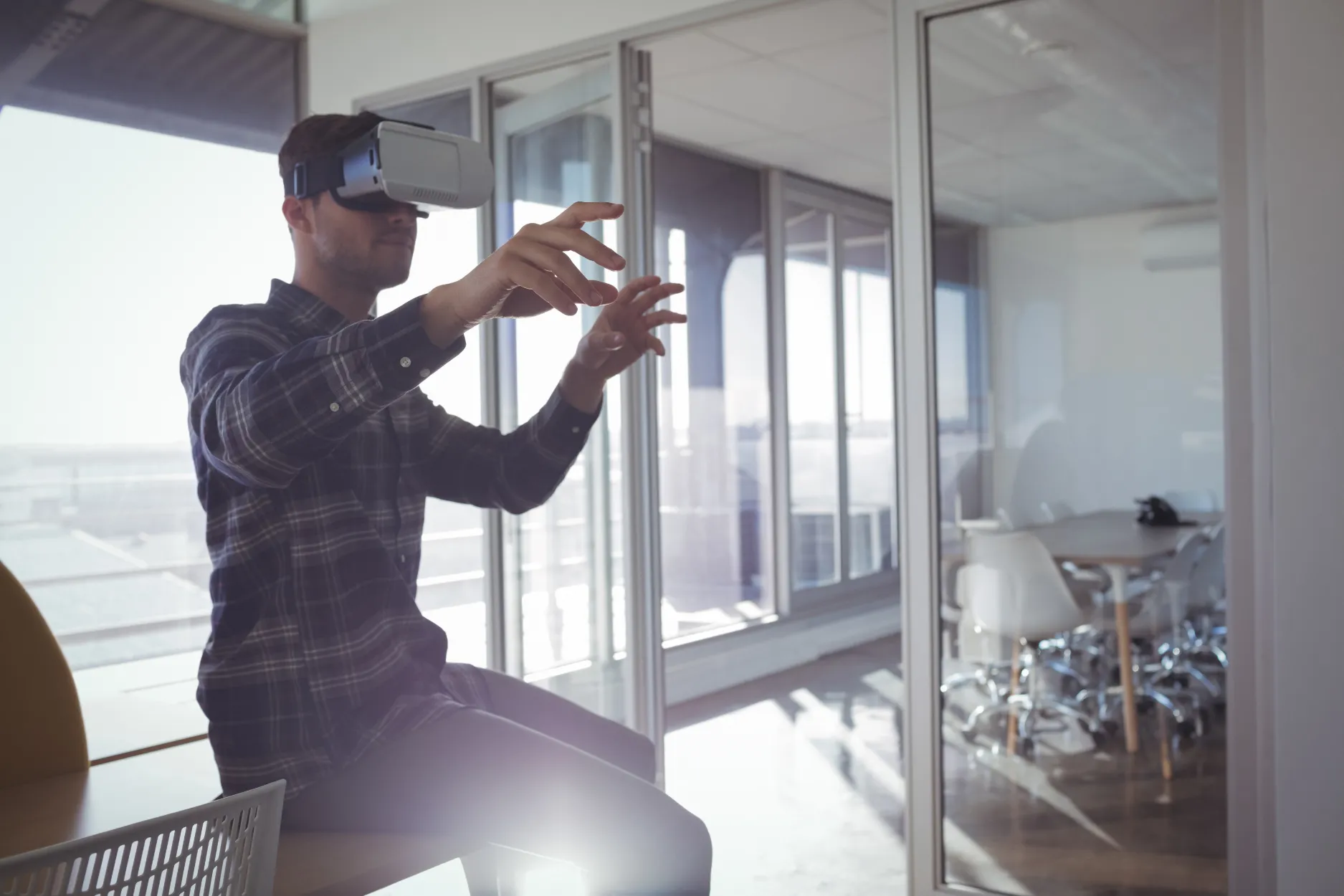
In today's ever-evolving field of interior design, technology has brought about transformative changes that have redefined the way designers conceive and present their ideas. One such groundbreaking innovation is the immersive 3D experience, which has opened up a realm of possibilities previously unimaginable.
In this blog, we will delve into the concept of immersive 3D experience in interior design, exploring its benefits, the process of creating it, innovative applications, and the exciting trends that lie ahead.
Before we dive deeper, let's clarify some key terms associated with this exciting field:
One of the most significant advantages of immersive 3D technology is its ability to provide designers and clients with a lifelike representation of the proposed design. Traditional 2D blueprints and mood boards can often fall short in conveying the depth and atmosphere of a space. With VR and AR, clients can virtually step into their future homes, experiencing the design from every angle. This enhances their understanding of the concept and helps them make more informed decisions.
Immersive 3D experiences offer a level of realism that is unparalleled. High-quality textures, lighting effects, and spatial accuracy create an environment that closely mirrors the real thing. This realism aids designers in fine-tuning their concepts and allows clients to see precisely how their space will look once the project is completed.
Effective communication between designers and clients is essential for a successful interior design project. Immersive 3D technology bridges the gap by providing a common platform for both parties to interact with the design. Clients can provide feedback in real time, and designers can make adjustments on the spot. This leads to smoother collaborations and ensures that the final design aligns with the client's vision.
Traditionally, creating physical prototypes or mock-ups could be time-consuming and expensive. Immersive 3D experiences eliminate the need for these costly steps. Designers can iterate quickly in the virtual environment, saving both time and money. Additionally, changes to the design can be implemented without the hassle of redoing physical elements.
With a clearer understanding of the design and its potential impact, clients can make decisions with confidence. They can experiment with different design elements and configurations to find the perfect balance. This leads to more satisfying outcomes and reduces the likelihood of post-construction regrets.

Creating an immersive 3D experience in interior design involves several stages:
The process begins with gathering accurate measurements and data about the space. This includes dimensions, architectural details, and any existing furniture or fixtures that will remain in the design.
Next, designers create a 3D model of the space. This digital representation is refined to include all design elements, from walls and floors to furniture and lighting fixtures. Rendering techniques are employed to add textures, colors, and realistic lighting.
Texture mapping is the process of applying surface textures and materials to the 3D model. This step adds a level of realism to the design. Lighting effects are also crucial in creating an accurate representation of how natural and artificial light will interact with the space.
To make the design immersive, it must be integrated with the appropriate technology. For VR, this involves using headsets and controllers to navigate the virtual space. AR may utilize smartphones or AR glasses to overlay digital elements in the real world.
The versatility of immersive 3D technology has opened up innovative applications within the interior design industry:
Real estate professionals are using immersive 3D experiences to offer virtual home tours. Prospective buyers can explore properties from the comfort of their own homes, making property viewing more convenient and accessible.
Furniture retailers are enhancing the shopping experience by allowing customers to visualize how pieces will look in their homes. AR apps enable customers to place virtual furniture in their living spaces, helping them make purchasing decisions.
When selling vacant homes, real estate agents can virtually stage the space with furniture and décor, showcasing its potential. This helps potential buyers see the property's possibilities and envision their future living environment.
Immersive 3D technology facilitates remote collaboration between designers and clients. Regardless of geographical location, stakeholders can meet in the virtual environment to discuss and refine design concepts, improving efficiency and reducing travel costs.

As technology continues to advance, the future of immersive 3D technology in interior design holds exciting possibilities:
Expect VR hardware and software to become more accessible, powerful, and user-friendly. This will make immersive experiences more mainstream and within reach for a wider audience.
AI will play a significant role in tailoring immersive experiences to individual preferences. Smart design systems will adapt to users' tastes, suggesting design elements and layouts that align with their preferences.
The boundaries between VR and AR will continue to blur, leading to the development of mixed reality (MR) experiences. MR will allow designers and clients to seamlessly blend digital and physical elements, offering even more dynamic and interactive design experiences.
Immersive 3D technology has undeniably transformed the interior design industry, offering unprecedented opportunities for designers and clients alike. With enhanced visualization, cost savings, and innovative applications, it's clear that the future of interior design is increasingly digital and immersive.
Whether you're a designer, a homeowner, or a real estate professional, it's time to step into this virtual world and experience interior design like never before. And with visionary platforms like Twinn Vision, the journey promises to be even more exciting and impactful, revolutionizing how we design and envision our living spaces.
FAQs
In 2023, immersive 3D experiences are powered by technologies like virtual reality (VR) headsets, augmented reality (AR) apps, and sophisticated 3D rendering software. These tools provide a more engaging and interactive design and visualization process.
3D visualization improves the customer shopping experience by allowing them to see products in their own spaces virtually. It also streamlines design, reduces errors, and enhances product customization.
3D visualization in home decor is a technology that creates lifelike, computer-generated images to help designers and customers visualize how furniture and decor will look in a space before making decisions.